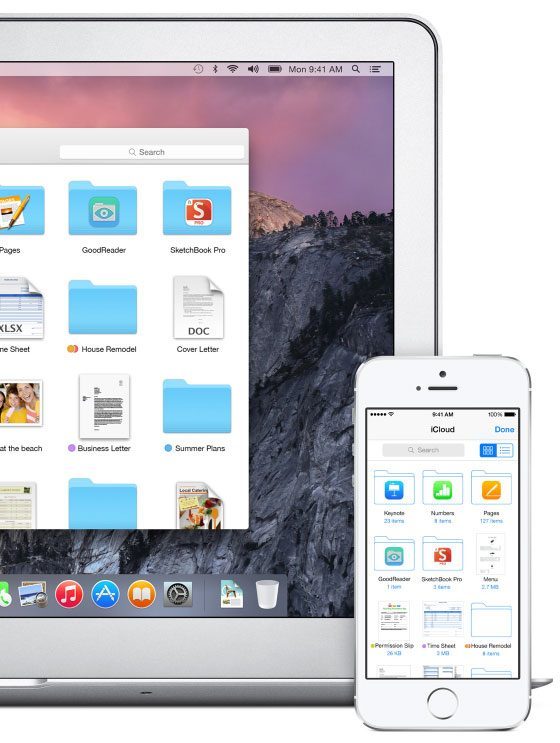

There you should see an item called iCloud Storage, which will show you the current state of your storage.
#ICLOUDRIVE IPAD HOW TO#
You begin with a miserly 5GB of free storage, which is swiftly consumed if you make use of multiple devices, forcing most users to upgrade to a different storage plan.īefore you do upgrade, make sure to follow this advice on how to get the best possible use of the free storage allocation Apple provides.īut once you do decide to invest in a different plan, the easiest way to do so is to open iCloud in your Settings or System Preferences. You can also choose specific folders and files to download. To do so, select the item, tap Share, and then choose Show People. If you own a shared file or folder, you can change the access choices for one person or all the people concerned retrospectively. Once you begin sharing something, you can add other people to the share. You also choose how to send the person(s) a link to the folder or file once the required share option is created:Īllow only invitees to view and edit the contents: Tap Share followed by “Only people you invite,” and “Can make changes."Īllow only invitees to view the contents: Choose “Only people you invite,” and “View only,” to set this up.Īllow anyone with the link to view and edit the contents: The least secure choice is to choose “Anyone with the link,” and “Can make changes."Īllow anyone with the link to view the contents: Select “Anyone with the link,” and “View only,” if you want everyone to see the item. There are four different share options when you share items from iCloud Drive.
#ICLOUDRIVE IPAD WINDOWS#
Any changes you make on these files on any device, online, or Windows or Mac, will be replicated across your other devices.
#ICLOUDRIVE IPAD PC#
iCloud for WindowsĪpple offers iCloud for Windows, an application that makes photos, videos, mail, files, and bookmarks accessible on both your Windows PC and iOS devices. You can also access these files online through your account at which means these files can easily be edited on a Windows PC.
#ICLOUDRIVE IPAD MAC#
If you use Desktop & Documents then you will find everything you file there on iCloud Drive or via the Files app on your Mac or iOS device. To do so, open Settings>Cellular Data> iCloud Drive and toggle ‘Mobile Data’ to Off (it’s Green – On – by default). That’s fine if you can afford the data, but (particularly) if you travel abroad, you may want to disable this. Hint: iCloud Drive will sync data using your mobile connection unless you tell it not to do so. You can store any file format on iCloud Drive with an upper limit of 50GB. You can buy more storage if you like, or disable the feature in System Preferences>iCloud>iCloud Drive Options – Uncheck Desktop & Documents folders at the top of the list. ICloud Drive lets you open, edit, and sync documents and files across devices. (More information is available here.)Īpple’s macOS will automatically save files saved to your Desktop and Documents folders to iCloud, making these files available across all your devices. That’s useful but will eat into your online drive capacity, particularly as (at 5GB) Apple still doesn’t provide sufficient free drive space. ICloud Drive is automatically set up on any current Apple device running the latest operating system. The Mac you activate last will create its own folder for the contents of its Documents and Desktop, and this will also sync. If you use iCloud Drive across multiple Macs then changes made to the Documents and Desktop files on both Macs will sync.


 0 kommentar(er)
0 kommentar(er)
